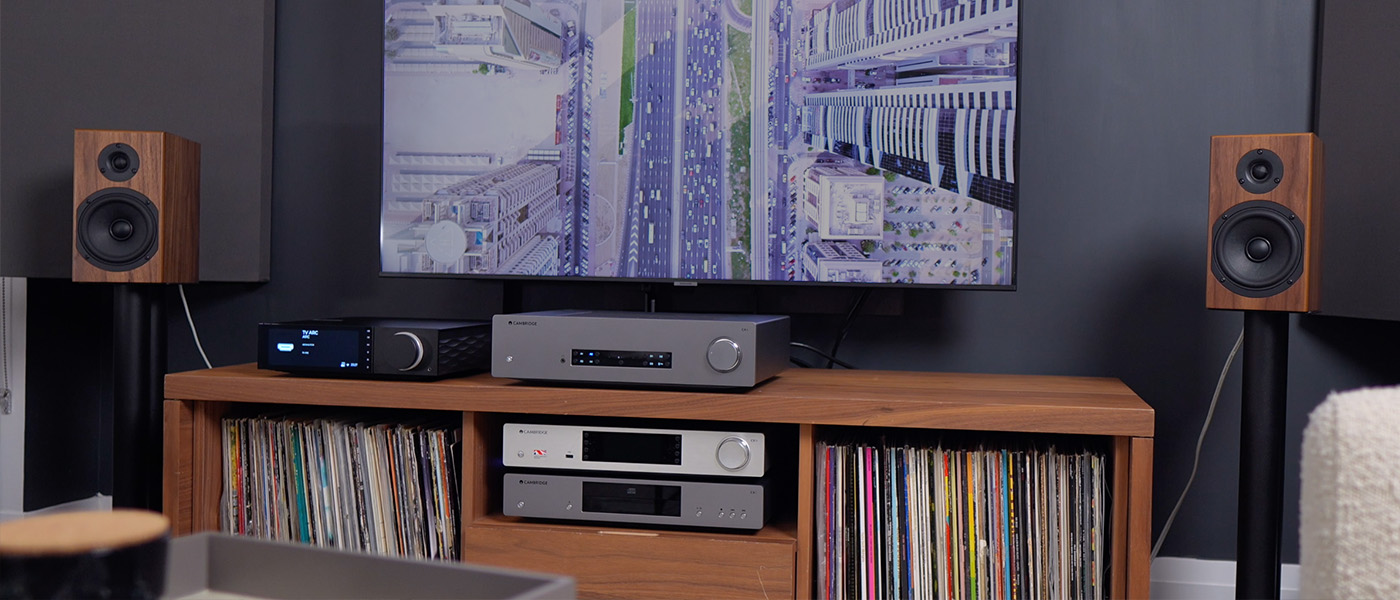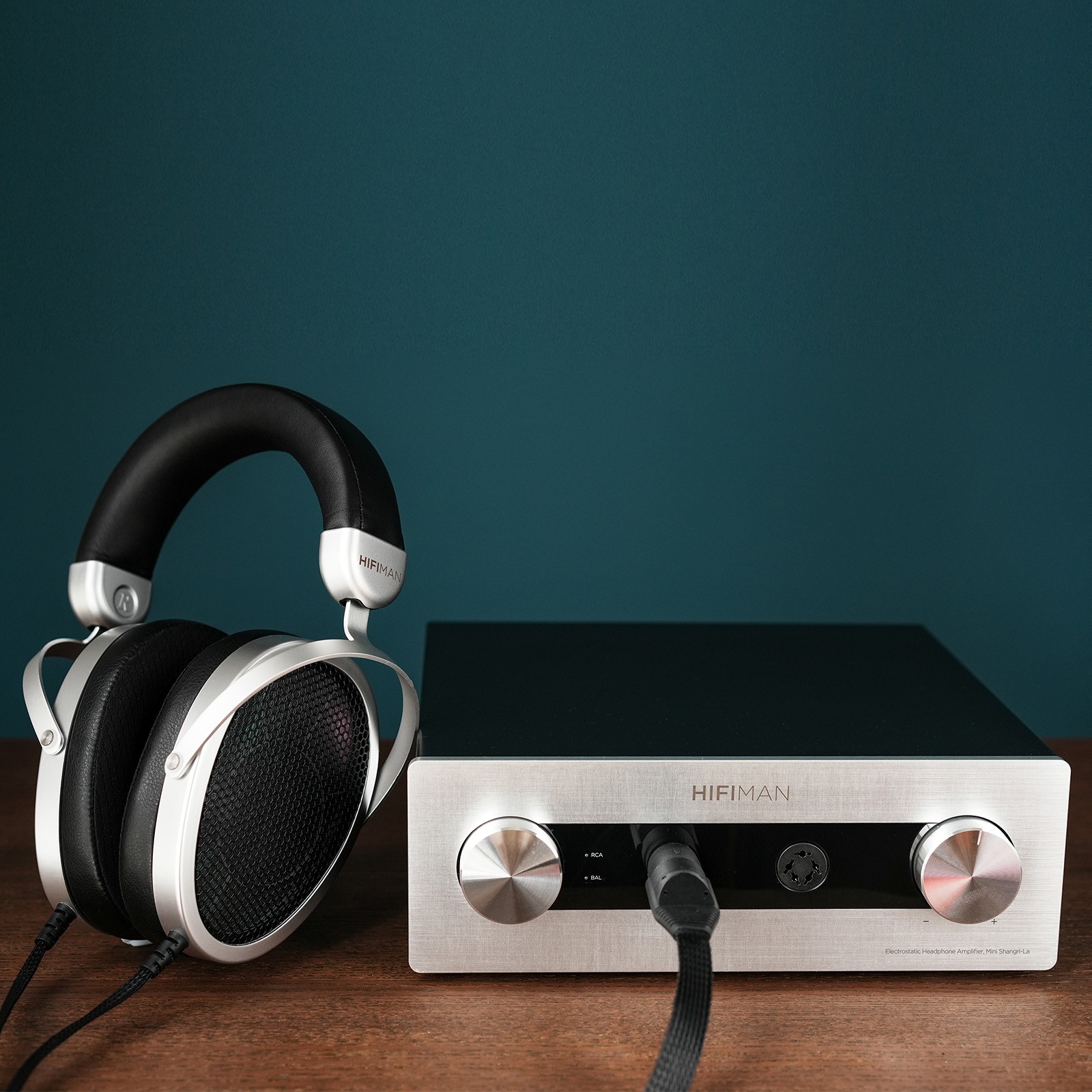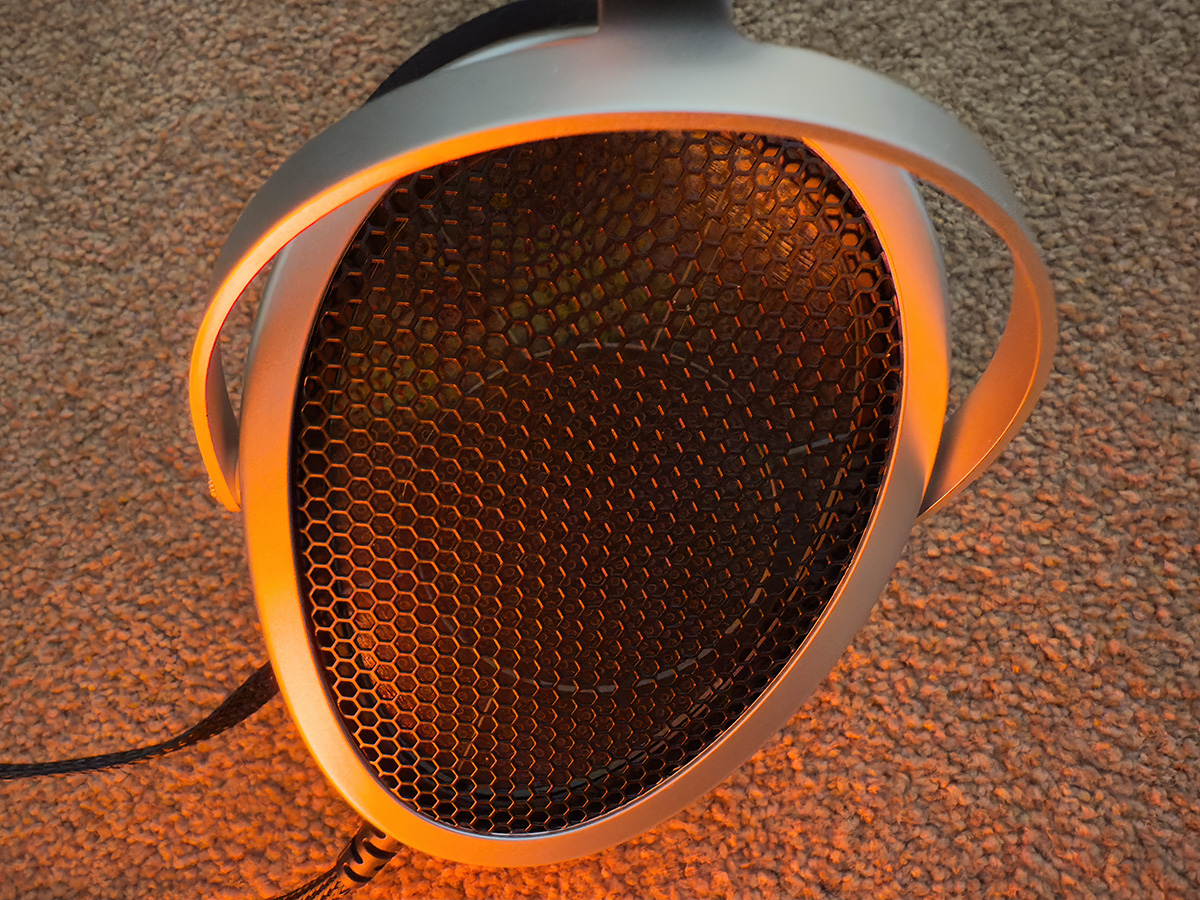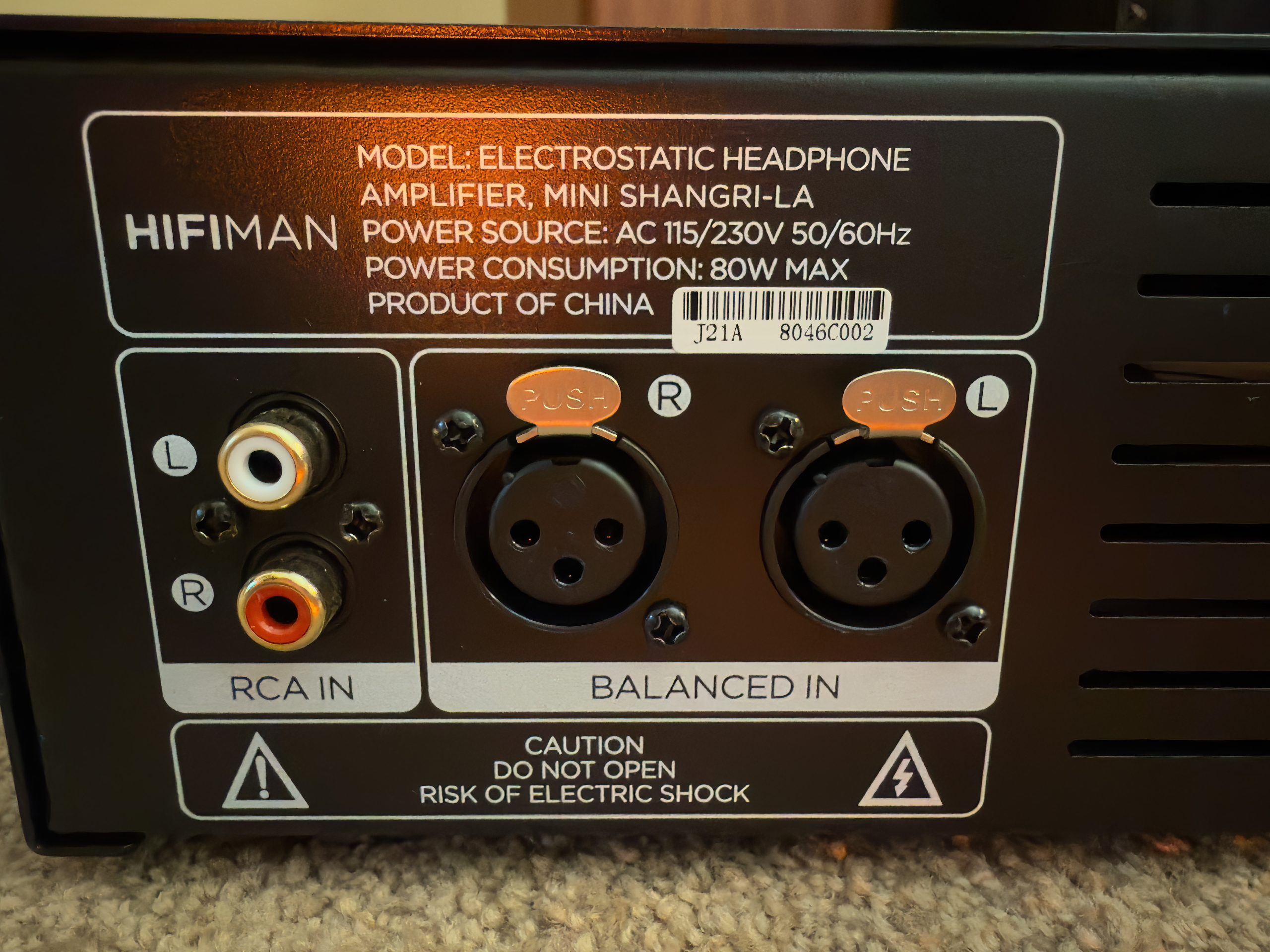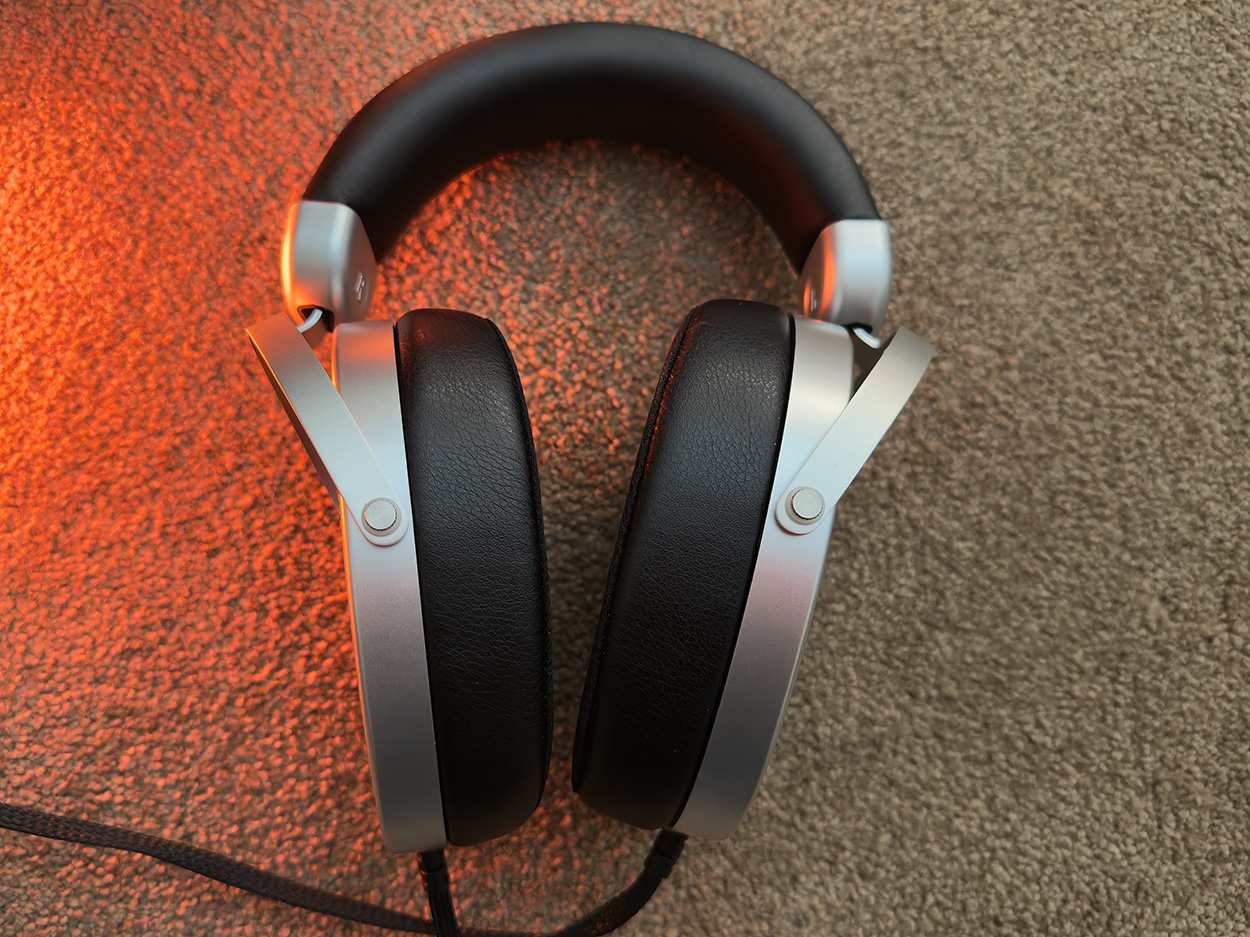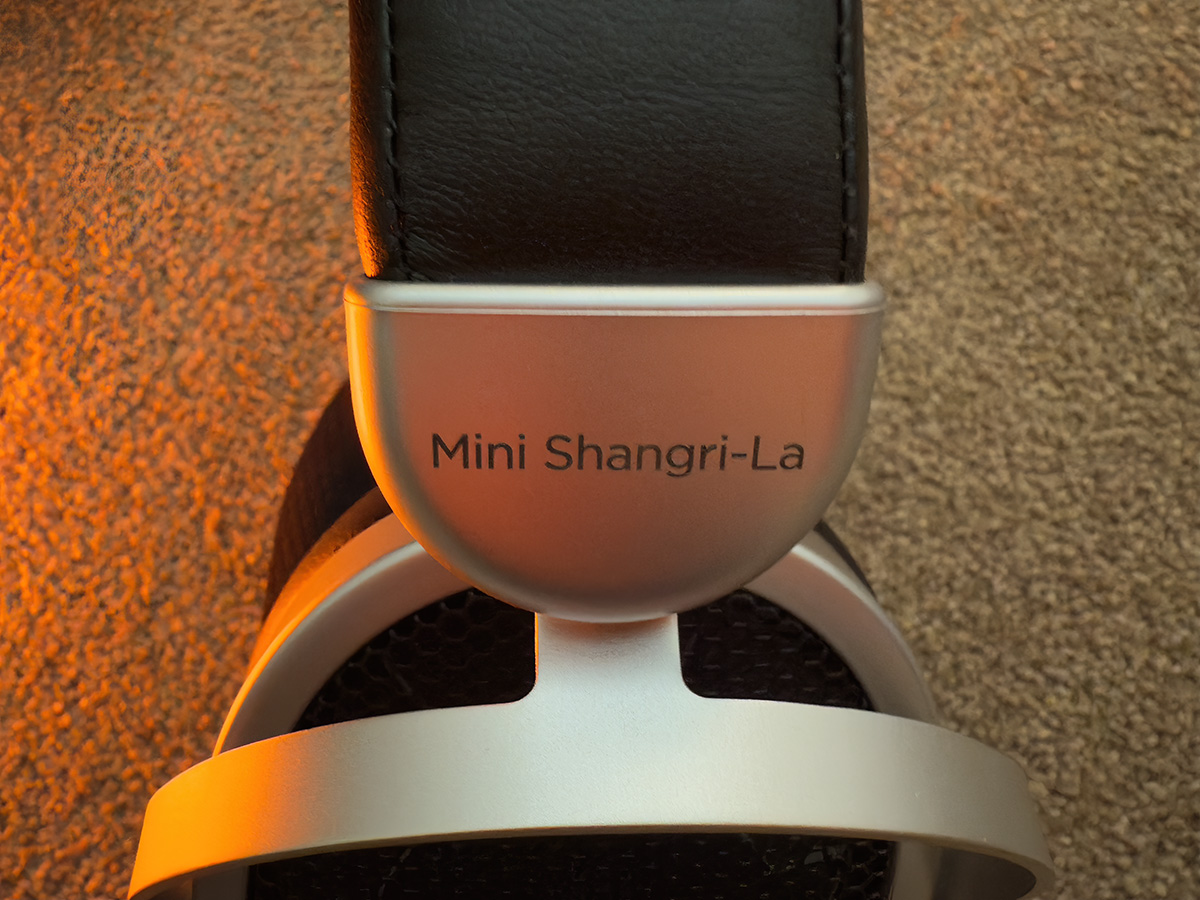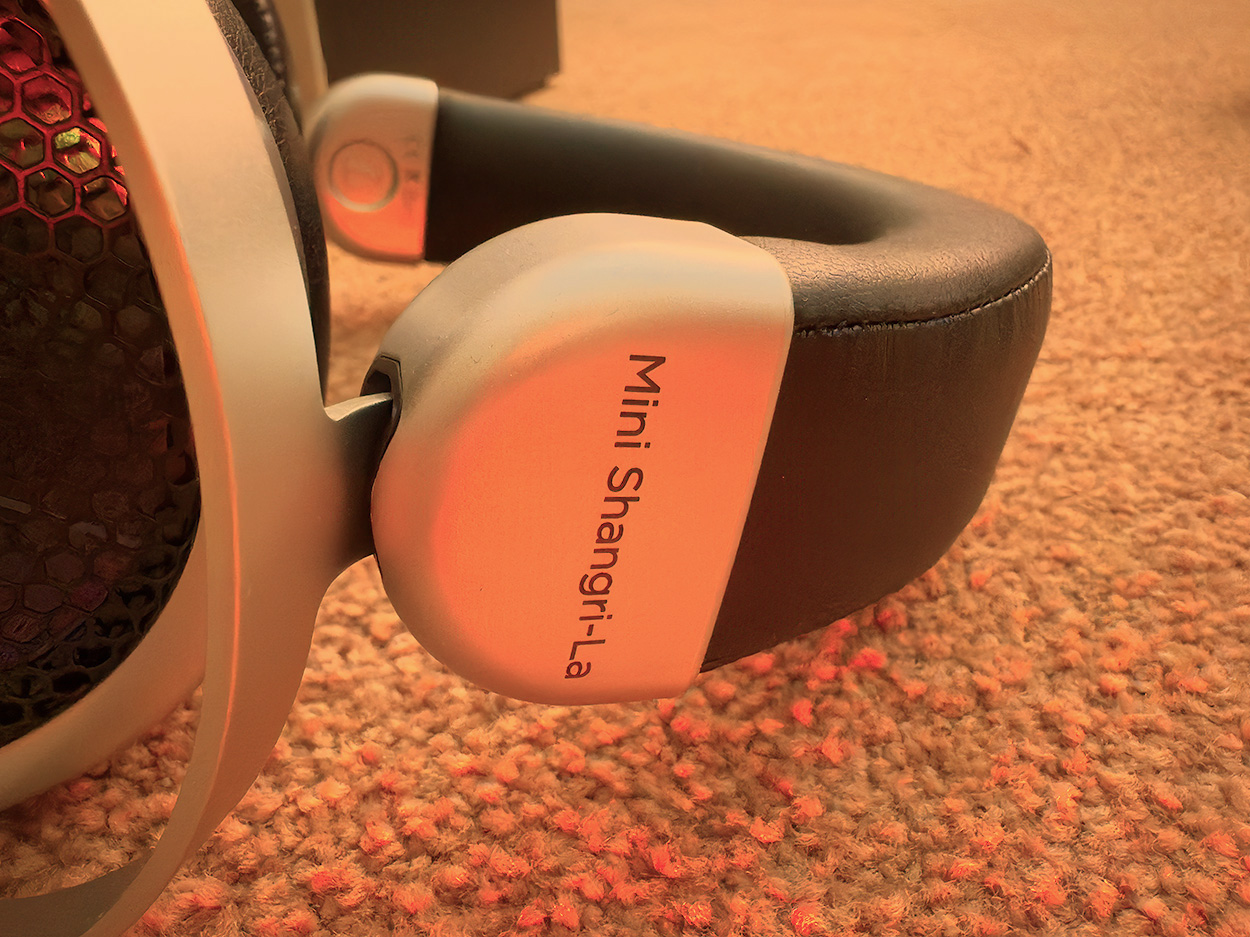Back in 2021, I reviewed the STAX SR-009S electrostatic headphones. STAX pretty much invented electrostatic back in 1960, and the headphones I tried back then were hard to fault.
Still, time marches on and I was anxious to see what the respected headphone designers at HIFIMAN were going to come up with. STAX isn’t sitting on their laurels either. We’ve reviewed several recent iterations of STAX electrostatic, most recently Secrets’ Editor-in-Chief, Carlo Lo Raso, evaluated the STAX SR-X9000, their latest flagship headphone and his review was filled with superlatives.
So, with great anticipation I plugged in the Mini Shangri-La headphones from HIFIMAN to see just how competitive these headphones are.
How did the Mini Shangri-La sound? In a word, terrific. Certainly, electrostatic designs are the next level above dynamic headphones. Clean highs, deep bass (something electrostatic are generally not noted for) and comfort are all class leaders.
HIFIMAN Mini Shangri-La Electrostatic Headphone System
- Clean, transparent and impactful sound
- The Mini Shangri-La construction is first class.
- Because there is a separate amplifier, the headphones are light and invite extended listening.
- Some won’t like the extra baggage of a heavy amplifier, which must be placed near your sound source.
The HIFIMAN Mini Shangri-La Electrostatic Headphone System fits right into my lifestyle. I am a frequent headphone listener. While I have a first-class sound system in my living room, and another in a dedicated home theater, there is something ethereal about being as close to the music as headphones can bring you.
Freed from the issues of room acoustics, headphones take you directly to the recording. That’s not all roses, as with that sharply focused sound you can hear the occasional music stand moving, or an air-conditioning system, even traffic outside the recording venue. As a reviewer, it’s a necessary step in reviewing music, so I listen both on speakers and headphones. That gives a really good listen to the source material.
Headphone Frequency Response:
7 Hz – 90 kHz
Bias Voltage:
550V-650V
Weight:
320.2g (excluding headphone cable)
Amplifier Weight:
5.82kg
Dimension:
255 x 251 x 93 mm
In the box
1 Electrostatic Headphone
1 Power cable
1 Electrostatic Amplifier
List Price:
$2300 including amplifier
Website:
Company:
SECRETS Tags:
HIFIMAN, Mini, Shangri-La, Electrostatic, Headphone, System
Secrets Sponsor
HIFIMAN offers 3 electrostatic headsets, of which the Mini Shangri-La is the newest and least expensive. It’s a relative term, as we will see. There’s the Shangri-La Senior (special order and $50,000) and the Shangri-La Junior at $8,000.
The Mini Shangri-La here for review is a relative bargain at $2300 which includes the headphones, and the needed headphone amp. The headphones and amp can be purchased separately ($1100 and $1500 respectively) and if you get just the headphones, you can use another amp designed for electrostatic headphones.
Build quality of the mini model is good, and I’ll discuss more in this review, and the amplifier is solid (and heavy) with controls that are simple to operate. The volume and input selector feel like high-end controls. There is no slop or wiggle.
What sets these headphones apart from the more common dynamic drivers we see in most headphones are the advanced diaphragms and their coatings.
HIFIMAN calls the coatings nano particle coatings, that provide accurate conductivity and stability, excelling in performance at many different temperatures and humidity levels.
The amplifier is a unique design that is solid state (HIFIMAN also offers tube amplifiers for their higher-end electrostatics) and this design is transformer-less because HIFIMAN believes transformers can have a negative effect on sound quality due to distortions inherent in their design. Rather, the Mini Shangri-La sends voltage from the output transistors directly.
The amplifier is fully balanced for both input and output. The back panel offers stereo RCA cables for input, as well as 2 balanced XLR inputs (left and right), a power switch, and a thick AC power cord.
The simple front panel has a switch to select the RCA for balanced inputs, a volume control, and 2 outputs for electrostatic headsets.
The system arrived in a large box, and inside were two well packed boxes, one for the amplifier, another for the headphones.
Setup is dead simple. Attach the AC cord to the amplifier and to your wall. Get an analog input setup from your source equipment. Plug headphones in and turn it on.
The ear cups are large, and the headphones are very light, as most of the electronics are in the amplifier.
When first looking at the headphones the build quality does not scream high-end. They are quite light, which is true of most electro stats, but these are the lightest I have had on my head. These are open back phones, so no isolation. If people are near you, they will hear the output. Don’t let the lightness fool you though. They are easy to wear for long periods, and I did not feel any clamping effect from the headphones. Loose and light are the words I would use.
The headphone housing is made of ABS with a steel frame made from a stainless-steel honeycomb mesh for the anode casing.
Design wise they have the look of some of the recent HIFIMAN planar designs. I would have been happier with something a little more contemporary and befitting the high-end approach taken by the sound quality.
One thing to keep in mind is your listening arrangement. You will need to be within a few feet of the amplifier, and the amplifier needs to be close to your signal source. The amplifier does not have a DAC, so the source must be analog, even if it starts as digital.
I found these electrostats excelled with all types of music. You can tell right away you are not listening to dynamic or even planar type headphones; I think mostly for their ‘quickness’. By that I mean how quickly a struck percussion instrument or a piano key when struck is rendered by these headphones. On dynamic headphones there is a just perceptible ramping up of the note, where with the Mini Shangri-La headphones it’s an immediate strike. I’ll say it’s more lifelike.
The high-end is smooth and realistic. Violins sound like violins, not electronic copies of violins. Midrange is full, and vocals seem realistic. Live, not recorded on the best of recordings.
Bass, where I expected some fall off from dynamic headphones is solid. It never felt strained, and with electronic or acoustic music, bass was simply there when it was present in the recording, and no hint of it when instruments with higher registers were playing.
All headphones are analytical as they put you where the microphones are, not out in the auditorium or at a distance from the studio musicians. As a result, you will hear things that get buried on regular speakers, like people juggling with music stands or traffic outside. Even the low rumble of air conditioning and air rushing by the microphones was audible to a degree I don’t hear them on other headphones, and certainly not speakers.
I auditioned these headphones through a variety of sources, most often a FiiO M15 portable DAP which has excellent sound and can play any file format of music. I also listened while hooked up to my Eversolo DMP-A6, an excellent pre-amp streaming source, which offered me my Roon based collection of high-resolution files and CD rips. I used the analog outs to directly connect to the HIFIMAN amp. I also hooked up my trusty reel-to-reel machine for some pure analog (and a lot of well reproduced tape hiss).
What I listened to:

Rebecca Pidgeon, “The Raven”
Rebecca Pidgeon: The Raven: This is one of my go to albums for audio testing. The human voice is hard to reproduce accurately, and Rebecca Pidgeon never sounded better. The midrange on the Mini Shangri-La electrostatics was smooth and realistic. The low bass from her musicians was solid without strain. I listened to an 88.2 kHz/24-bit file.

Pat Metheny, “MoonDial”
Moon Dial – Pat Metheny: A wonderful sounding 96 kHz/24-bit solo guitar album. Again, it just sounds live, and this guitar goes nicely into bass territory without effort.
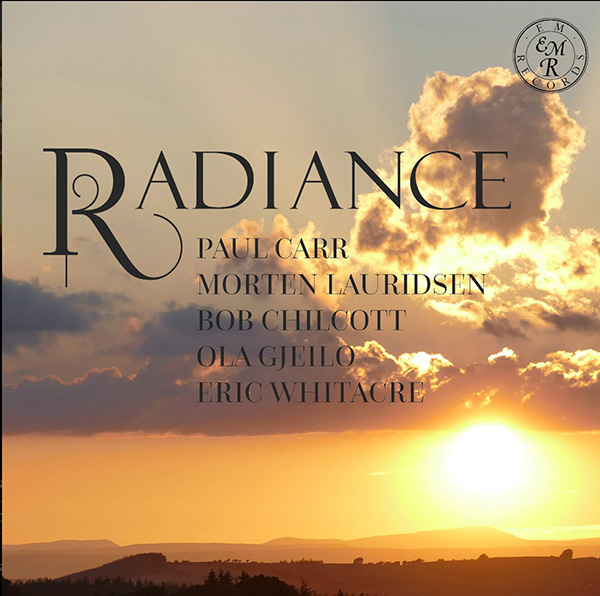
Paul Carr, Morten Lauridsen, Bob Chilcott, Ola Gjeilo, Eric Whitacre, “Radiance”
Radiance – Music by Carr, Lauridsen, Chilcott, Gjeilo, Whitacre: Wonderful choral music which is a great test for any headphones. I like the sense of space, and the easy to locate singers across a wide sound field.

Sonny Rollins, “Go West!: The Contemporary Records Albums”
Go West! Sonny Rollins: A remaster of the jazz great and his ensemble. Remastered by the great Bernie Grundman, from 1957-58 analog tapes. This music and recording sounds great, with the Mini Shangri-La headphones putting me right in the middle of this epic recording.
Comparisons
I have a pair of STAX SR L700MK2 electrostatic headphones that are similarly priced and have similar specifications. The STAX are $1649.00 and require an amp, which starts at $945 and runs up to $1495.00
The differences between the 2 headphones are minimal, but perceptible. I thought the Mini Shangri-La headphones had a very slightly warmer midrange and went slightly deeper in the low end. Highs were similar, but I’d give a slight edge to the STAX. Both had excellent high frequency response. Acoustic bass had slightly more thump on the Mini Shangri-La, but if you listened on separate occasions, you would be hard pressed to hear any difference.
Like most electrostatic designs, they tend to sound audibly better than comparable dynamic headphones, but as dynamic and planar headphones advance, the gap is closing.
Secrets Sponsor
At $2300 for the HIFIMAN Mini Shangri-La, most people will need to consider how much they want to listen to headphones vs. speakers.
- Sound quality is very high
- The Mini Shangri-La headphones are light and comfortable, even during long listening sessions.
- Build quality of the amplifier is very good. You won’t be ashamed to have it out in your room.
- Music lovers will appreciate the accuracy of the sound. You will hear everything.
- The cable that connects the headphones to the amplifier is long enough to work with most room layouts.
- A more unique design befitting the high-end nature of the headphones.
- Some kind of protective case for the headphones.
If I want to get right next to the music, I feel a good electrostatic is the way to go, and while lower in cost than the extravagant HIFIMAN offerings in the higher-end Shangri-La line, these are excellent at reproducing music of all kinds. I thought they excelled particularly listening to acoustic music, bringing me closer to the sound as recorded.
I always love listening to good headphones, because music becomes distraction free and front and center. Speaker listening can be very involving, but you have to guard against distractions. Electrostatic designs are expensive. These are not super expensive, but I think give you maybe 90% of the electrostatic sound for a fraction of the cost of the high-end, more arcane designs. That makes them a pretty good bargain if you are a serious listener.


